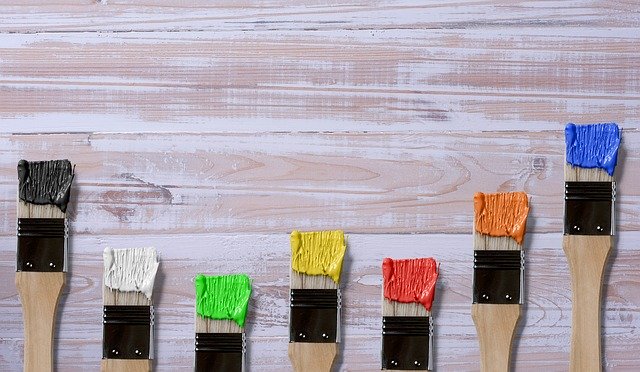There are more and more individuals who decide to paint their homes themselves, but when it comes to getting to work, they always have some doubts in relation to interior painting. That is why, as paint professionals that we are, we have decided to solve some of the main questions users pose to Neighbourhood Painters in St Catharines when painting a home.
What is the difference between interior paint and exterior paint?
The interior paint is designed to withstand friction and wear on the walls, and in its formulation, special attention is paid to the smooth finish and silky touch, which can be gloss, matt, or satin. On the other hand, outdoor paints tend to have a rougher and rougher touch and are formulated with the aim of resisting inclement weather, as well as fungus, mold, etc. problems.
How should a surface be prepared before painting?
Before proceeding to the painting of any surface, it is essential to check the state of this surface to detect possible problems. If it is in optimal condition, then it will only be necessary to clean it with a damp cloth to remove dirt and dust. Once clean and dry, our acrylic sealant fixative will be applied so that the surface has better adhesion to apply the paint subsequently.
How to calculate the paint that is needed?
To know the amount of paint that is needed to paint a certain surface, it is important to know the m2 of this; this can be done by multiplying the width of the wall by the height of it. Still, there are several tools that will help you calculate it faster, such as the Blatem paint calculator.
Is there a difference between smooth or rough surfaces?
Yes, there are differences between both types of surfaces, since the performance on rough walls is lower than on smooth ones. The main problem is that rough surfaces have grooves that make it difficult to penetrate the paint, leaving small areas unpainted or causing a loss of color. To avoid it, it is very important to have a brush suitable for rough walls.
Can you paint a wall or facade with mold spots?
In order to paint a wall that has moisture and mold problems, you must first remove them. This requires cleaning the surface with a suitable product for this purpose, for example, the cleaner facades Paint Blatem, which allows ending such problems. The surface must be allowed to dry for the indicated time, and then the surface will be ready for painting. As a recommendation, on walls with mold and moisture problems, it is advisable to use paints with anti-mold preservatives that prevent their appearance.
Is it possible to paint a glossy surface with matte paint? And vice versa?
Yes, you can change the finish of a surface, either gloss or matt, but for this, you will first have to sand the wall to prepare the surface. It will also be convenient to apply a primer to improve the adhesion of the surface, and, finally, it can be painted with the selected product.


